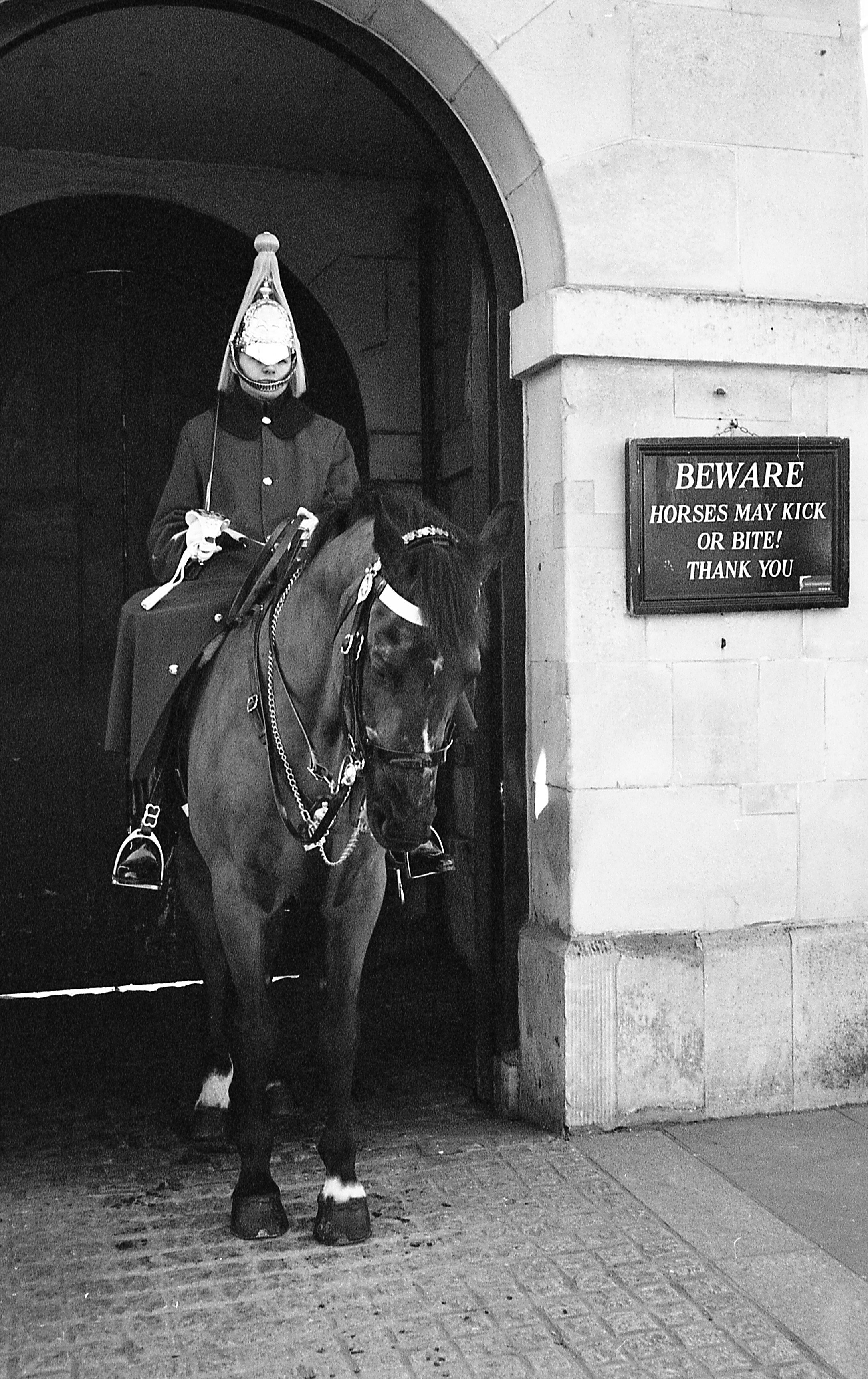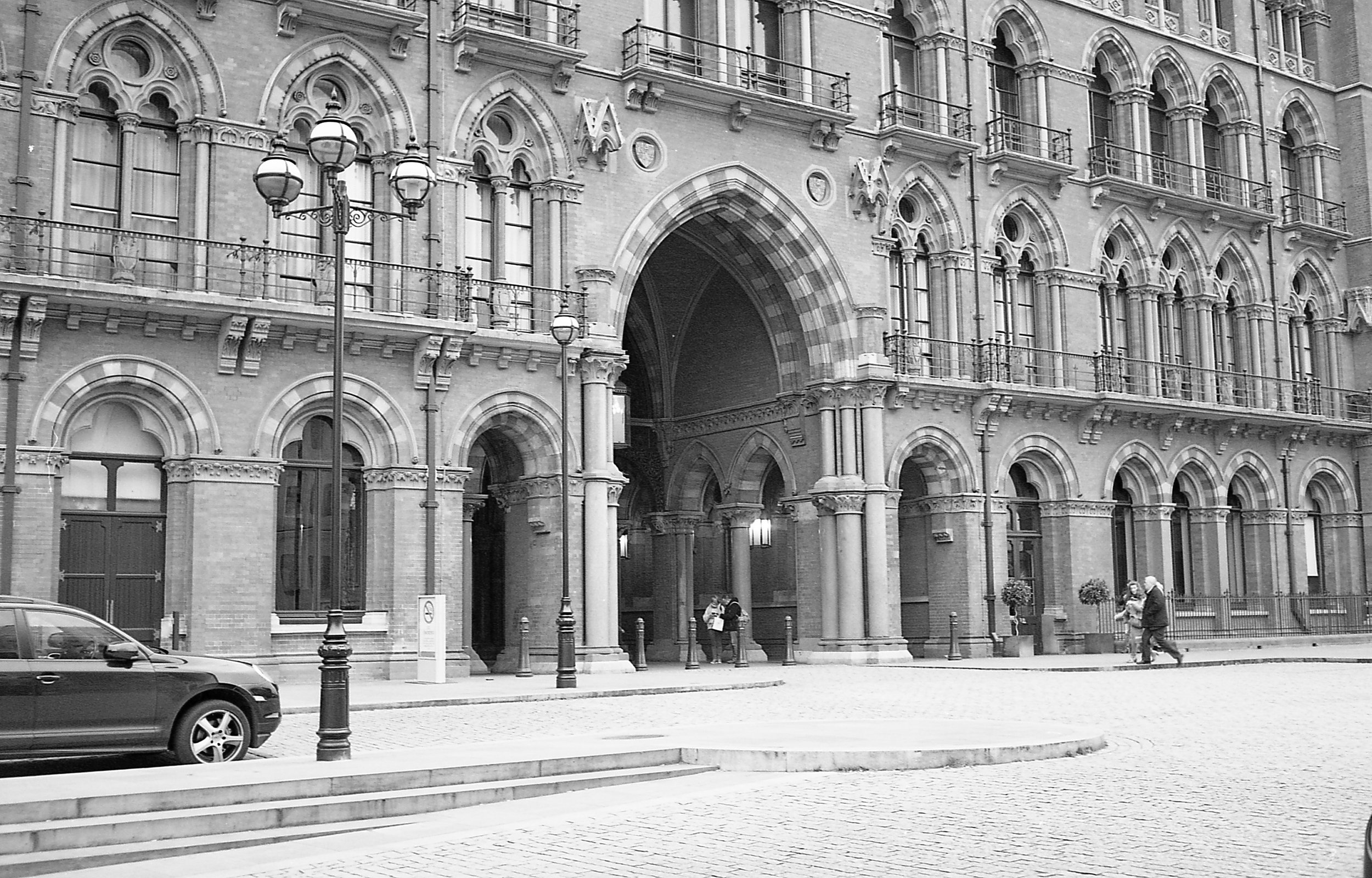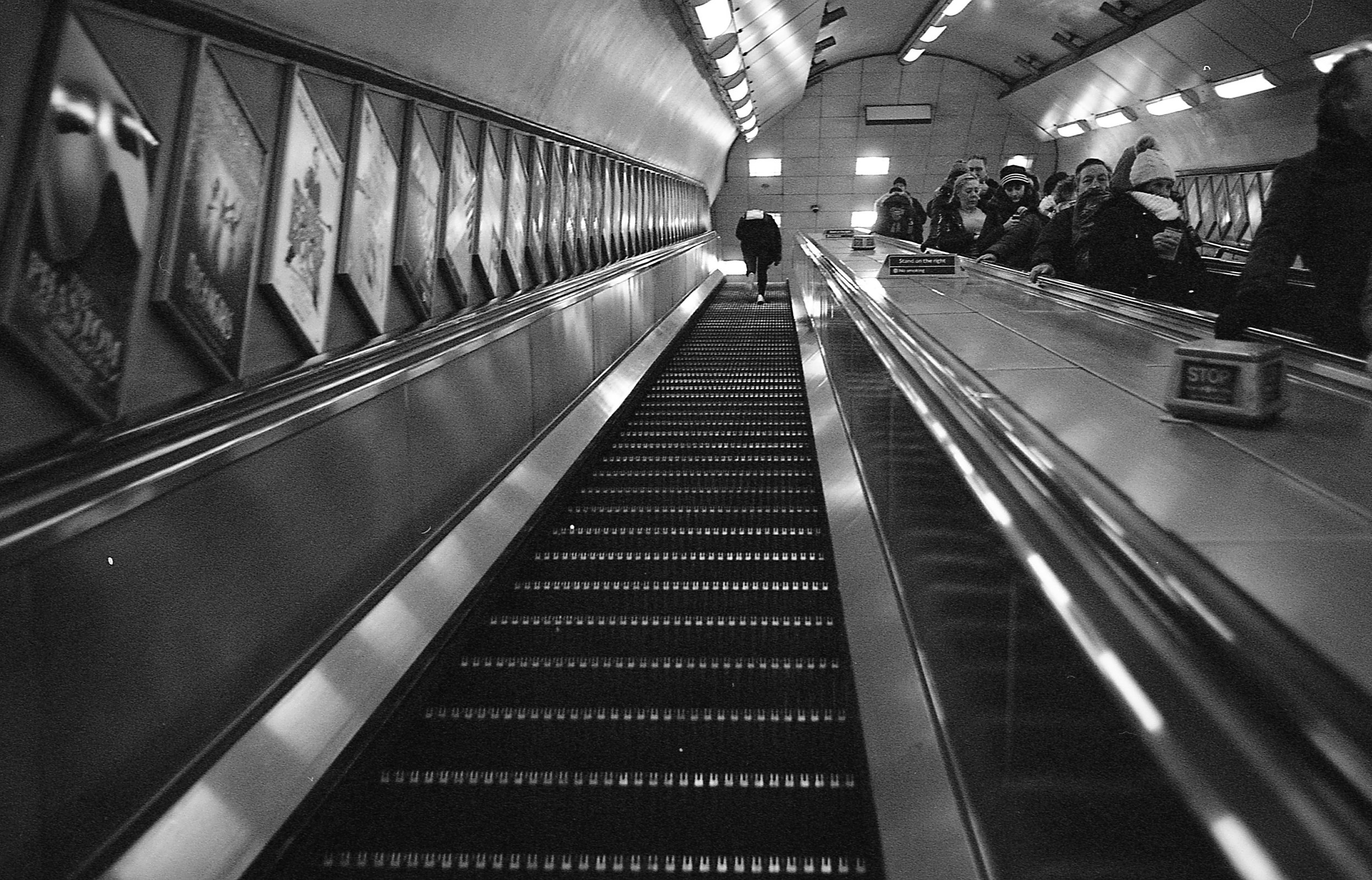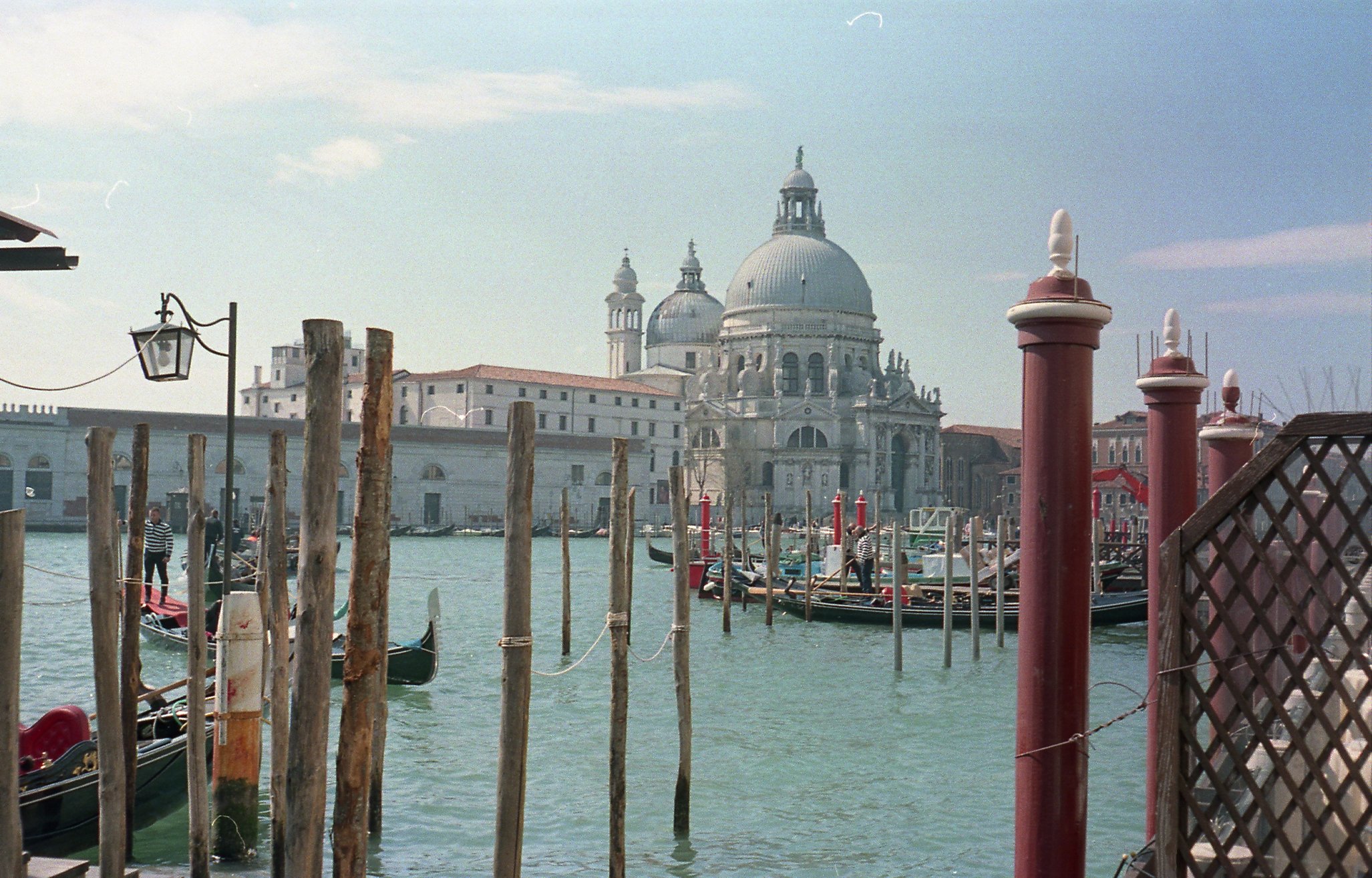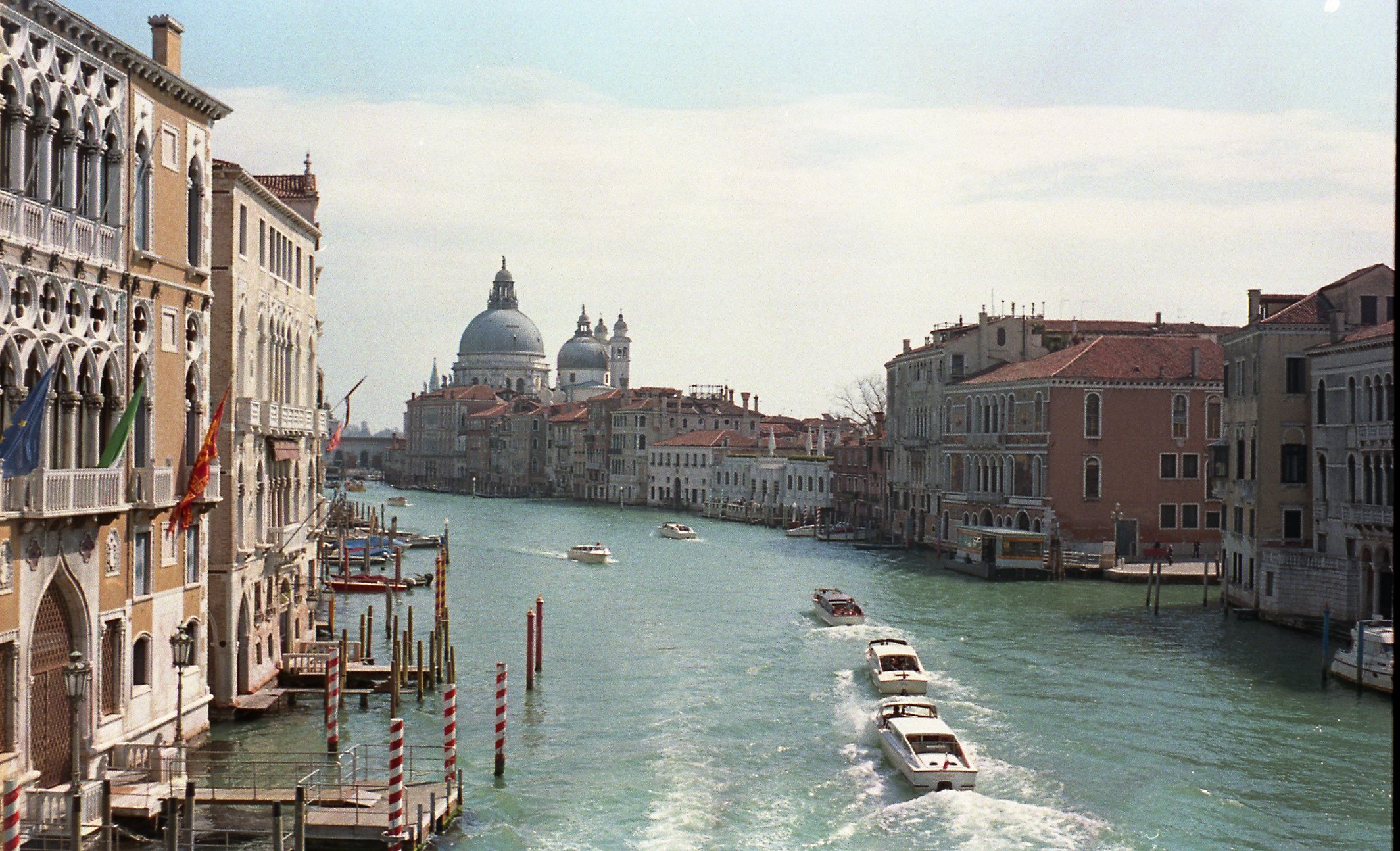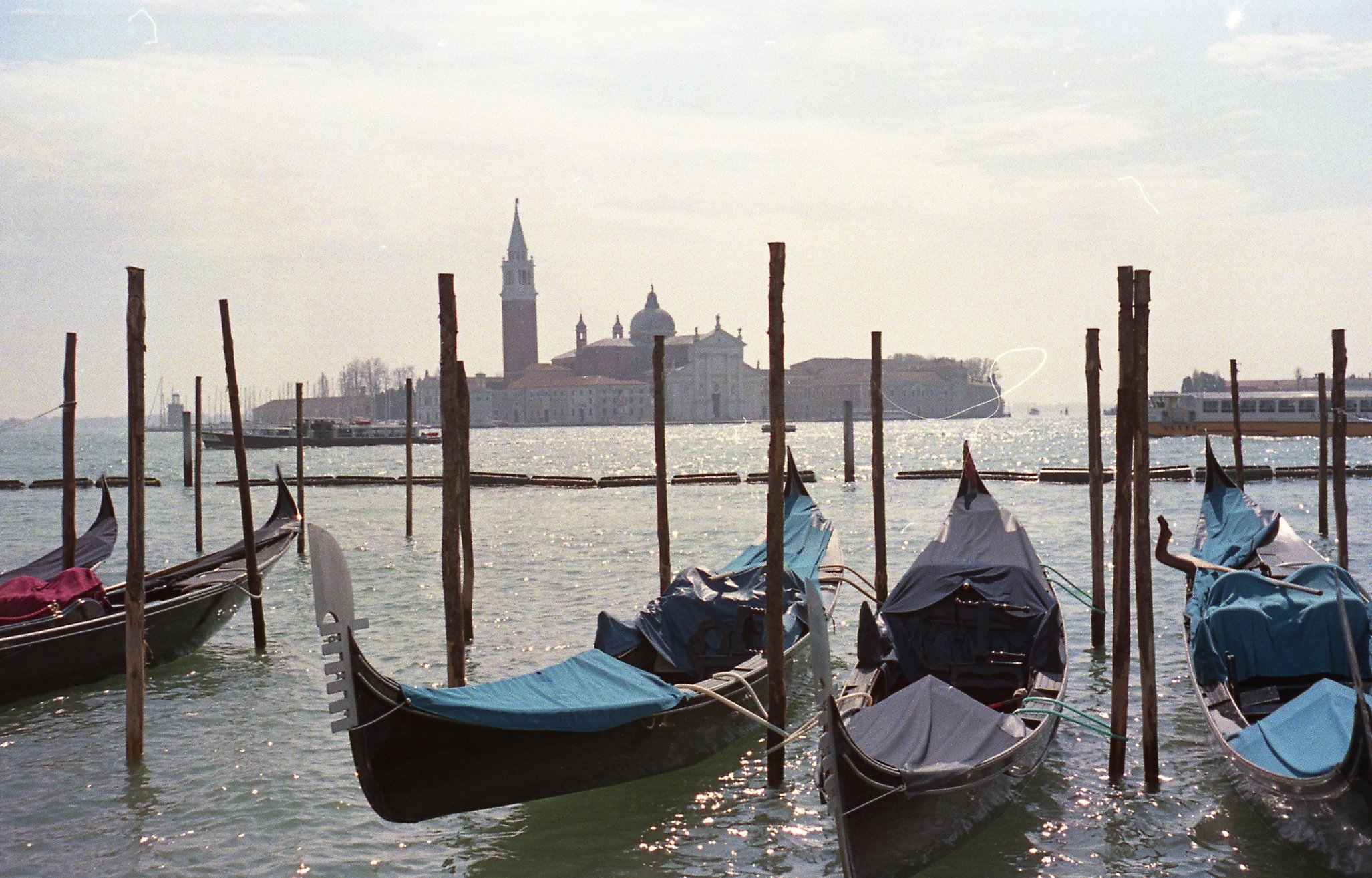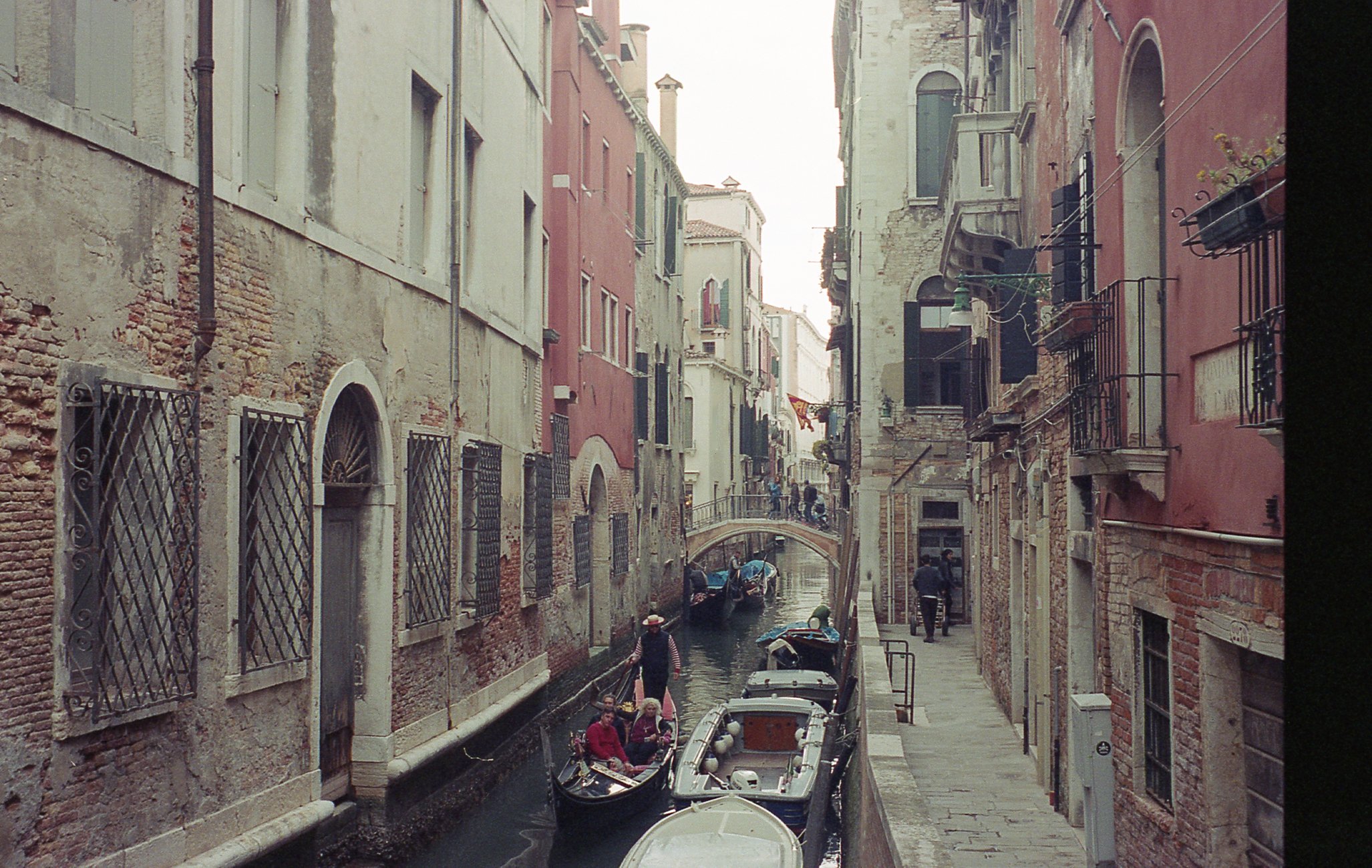Take a trip with the Olympus Trip 35
Keeping with the theme of Japanese manufacturers, I’ll be taking a look at one of the most popular 35mm cameras of all time, the Olympus Trip 35. First manufactured by Olympus in 1968 the Trip 35 proved to be so successful, it is said that over ten million units were sold during its production run until 1984. The Trip 35 is a small lightweight point and shoot camera aimed at holiday goers looking for something compact to bring on vacation.
Some of the popularity of the Olympus Trip 35 has been attributed to its connection with British photographer David Bailey. Bailey starred in a number of advertisements for Olympus cameras in the 1970’s and 1980’s, including ads for the Olympus Trip 35. Bailey was renowned for photographing some of the most famous faces of the 1960’s including the Beatles. He also went on to work for Vogue. His association with Olympus may have helped boost sales of Olympus cameras.
Batteries Not Included
Olympus Trip 35 Lens
The Olympus Trip 35 is beautiful in its simplicity, needing no batteries to operate thanks to the solar powered selenium meter around the lens which allows for automatic exposure. The lens is a fixed Zuiko 40mm f/2.8 and the camera has only two shutter speeds 1/40 second and 1/200 second. If you set the aperture ring to A, the lens will automate both the aperture and shutter speed. The Trip 35 can also be operated with a flash unit and the aperture manually selected by turning the ring from f/2.8 to f/22.If low light is detected a red flag pops up in the viewfinder to alert you that the shutter is locked. Focus is determined by turning the black lens ring to one of four symbols, one person for portraits, two people for photos of two people, a group of three people for group photos and a mountain for landscape or anything in the distance. The symbols correspond to distances marked on the bottom of the black ring. ASA (ISO) is set by turning the front silver ring on the lens and settings range through 25-40-50-64-80-100-125-160-200-250-320 and 400.
Olympus Trip 35
The body of the camera is made from metal and covered with leatherette and it feels like a sturdy, quality little camera. A small latch on the bottom left hand side releases the back door for film loading and film is advanced by using the thumb wheel on the upper right hand side of the camera. The shutter button gives a reasonably quiet and satisfying sound and the viewfinder is nice and clear.
Top of the Trip
Dating your Olympus Trip 35
I was curious to figure out how to date my own Olympus Trip 35 and I found some very helpful information on Flickr. It appears that if you remove the pressure plate there should be a three character code on the underside. In my case the code was N0X, the first character N is representative of the assembly plant and the second character the 0 is the last digit of the year of manufacture. The third character represents the month with 1 to 9 being Jan-Sept and X, Y, Z being Oct-Dec. So my own Trip 35 was manufactured in October 1980. Another indicator is the shutter button, with a silver shutter button indicating an earlier model and a black button indicating later models. My own camera has the black button which would make the dating appear correct. There is a discussion which goes into even greater detail regarding dating your Olympus Trip 35 which can be found here.
Shoot from the hip
Olympus Trip 35 Back
There are many reviews of the Olympus Trip 35 online and a common theme throughout is how freeing the Trip is to use. Because of its point and shoot nature, more time can be spent on composing your shot and less time worrying about settings. Where using a fully manual camera slows you down and forces you to think about your aperture and shutter settings, the Olympus Trip 35 frees you up to just shoot and capture the moment. This is the greatest strength of the camera, liberating snapshot photography. Small enough to throw in your pocket, the Trip continues to this day to excel at its primary purpose of being a great travel companion.
While my favourite cameras to use are my beloved TLR’s, they are simply too cumbersome to bring on a short break. The Olympus Trip 35 is lightweight and fun to use and has travelled with me to Europe and on short holidays here in Ireland. Low lighting is probably one of the major downfalls of the Olympus Trip 35 and I have ended up with blurred images in a low light setting. However, outdoors and in good light, the Trip excels and I’ve found the quality of the images to be very sharp.
The Olympus Trip 35 has become a cult classic in recent years and when you use one you can see why. It’s a no fuss, fun and freeing camera. So many were produced that they aren’t too hard to come across at a reasonable price. So, if you’re looking for a robust little shooter that you can throw in your luggage to capture those holiday memories (when we can holiday again), then you could do worse than the Olympus Trip 35.





